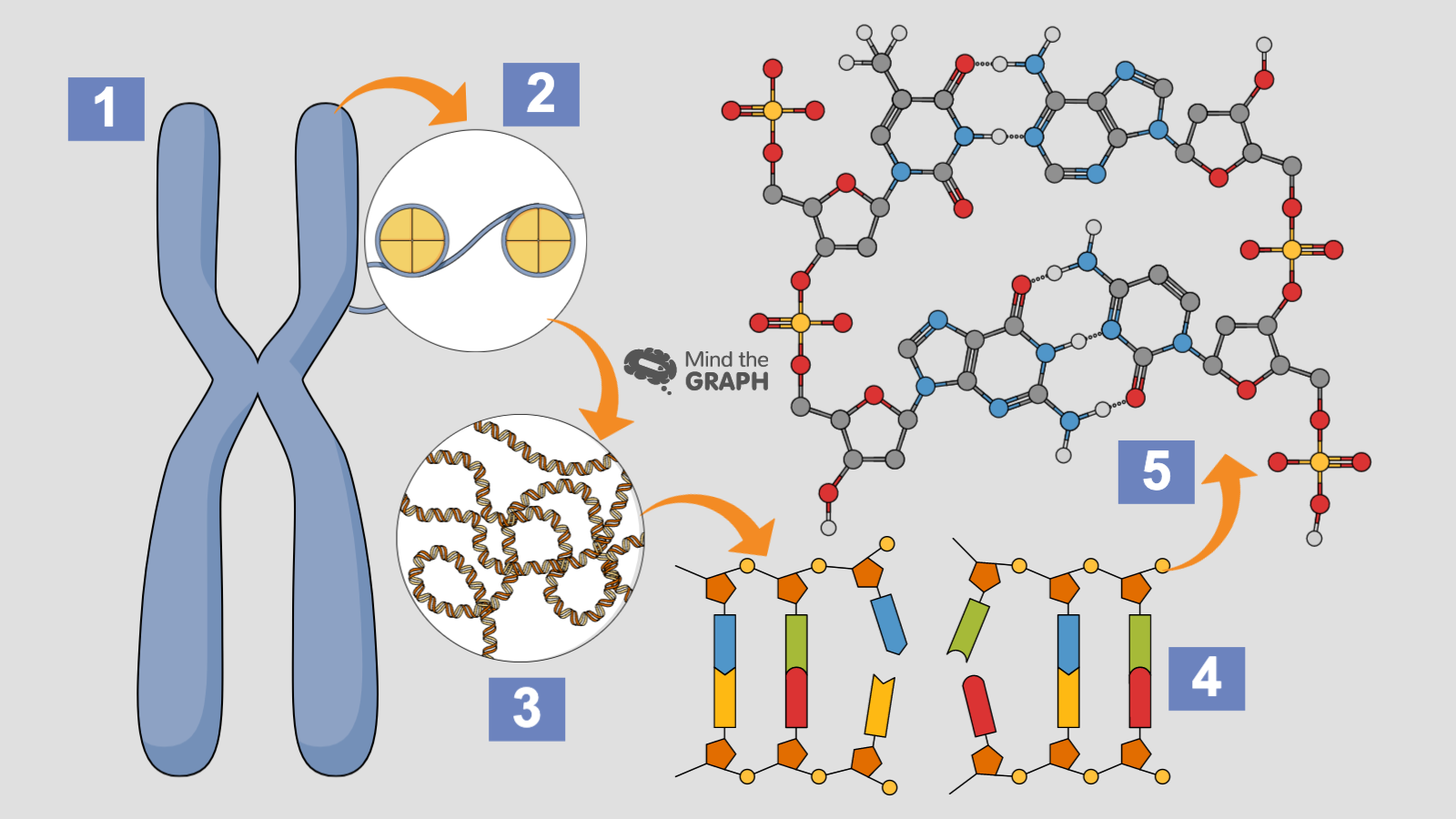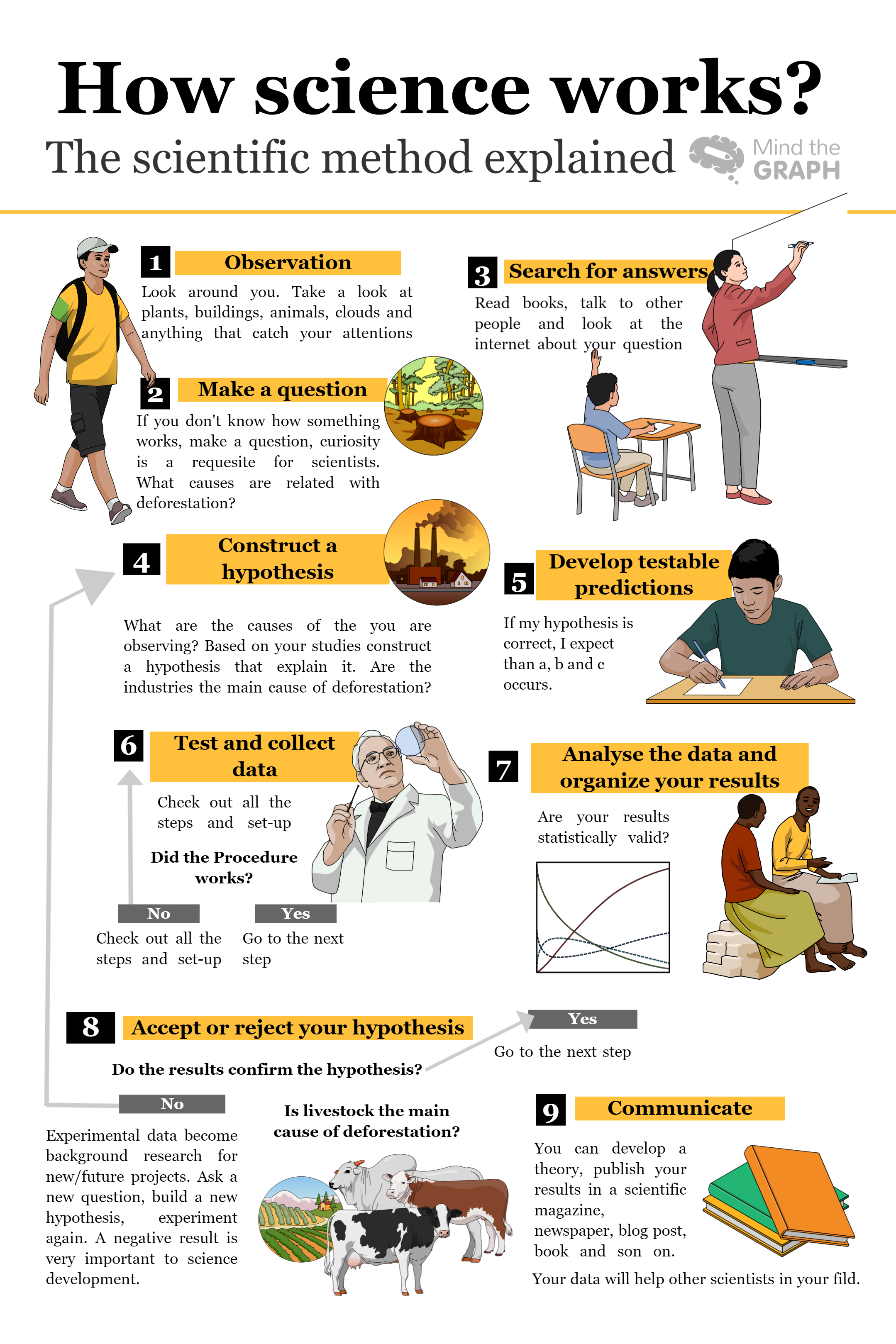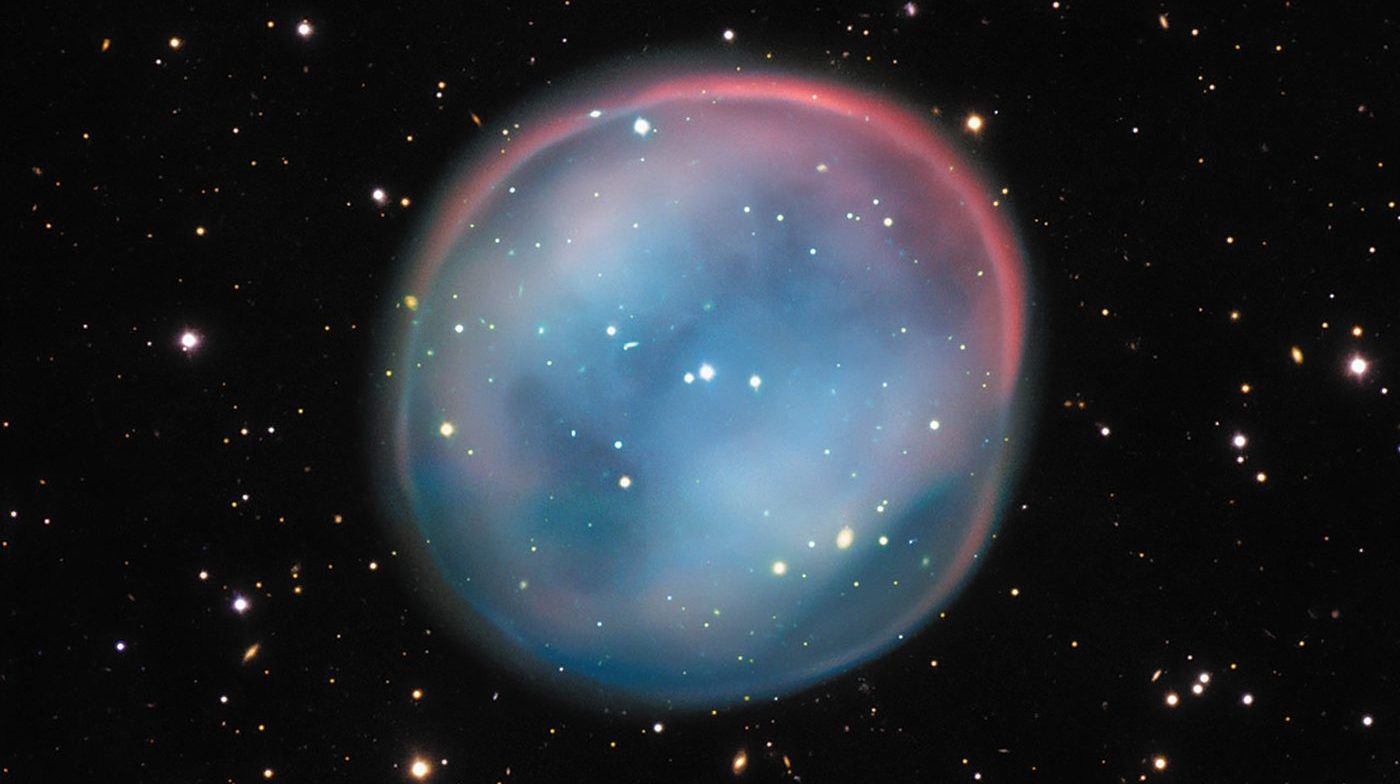Catch and keep the attention of kids and teenagers is not an easy task. But if you are a teacher, you already know that (very well). So, I am writing this post to help you with this task. As teachers, we have the challenge of explain science education in a way that arouse curiosity. So, let’s see three ways to do that.
01. Explain how the scientific method works
Show how they can also can be scientists, with curiosity and questions, instead of give them just canned responses. Moreover, talk about the scientific method is a great strategy to fight against pseudoscience and fake news. After all, they will give more value to science.
02. Give them “real tasks” evaluation
Instead of only classic exams, you can give them tasks as creating a solution for a real problem. Ask them things that they can not find on google.
03. Use visual resources
Visual resources are a powerful tool to science education, because abstract concepts are harder to understand. Scientific illustrations can help you to explain abstracts or small things as molecules, atoms, cells or scales. They also are more friendly than real pictures, so use them as an ally to show human anatomy or medical procedures.
If you want to read more about it, check out these posts:
- Slide template: Attractive presentations one click away
- Chemical structure: Using illustrations to explain chemistry
- Flat Earth and geocentrism: How to show that the Earth orbits the Sun
All these infographics were created using Mind the Graph, an online platform for scientists, teachers and students. We have over eight thousands of scientific illustrations available for you. If you are not a mind the graph user yet, you can try now for free:

Subscribe to our newsletter
Exclusive high quality content about effective visual
communication in science.







